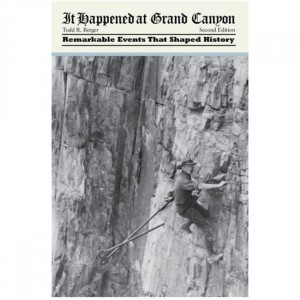Ingram Images Of America: Tucson Mountains Fiction. Ladies of the Canyons: A League of Extraordinary Women and Their Adventures in the American Southwest by Lesley Poling-KempesLadies of the Canyons is the true story of remarkable women who left the security and comforts of genteel Victorian society and journeyed to the American Southwest in search of a wider view of themselves and their world.Educated, restless, and inquisitive, Natalie Curtis, Carol Stanley, Alice Klauber, and Mary Cabot Wheelwright were plucky, intrepid women whose lives were transformed in the first decades of the twentieth century by the people and the landscape of the American Southwest. Part of an influential circle of women that included Louisa Wade Wetherill, Alice Corbin Henderson, Mabel Dodge Luhan, Mary Austin, and Willa Cather, these ladies imagined and created a new home territory, a new society, and a new identity for themselves and for the women who would follow them.Their adventures were shared with the likes of Theodore Roosevelt and Robert Henri, Edgar Hewett and Charles Lummis, Chief Tawakwaptiwa of the Hopi, and Hostiin Klah of the Navajo. Their journeys took them to Monument Valley and Rainbow Bridge, into Canyon de Chelly, and across the high mesas of the Hopi, down through the Grand Canyon, and over the red desert of the Four Corners, to the pueblos along the Rio Grande and the villages in the mountains between Santa Fe and Taos.Although their stories converge in the outback of the American Southwest, the saga of Ladies of the Canyons is also the tale of Bostons Brahmins, the Greenwich Village avant-garde, the birth of American modern art, and Santa Fes art and literary colony.Ladies of the Canyons is the story of New Women stepping boldly into the New World of inconspicuous success, ambitious failure, and the personal challenges experienced by women and men during the emergence of the Modern Age.Lesley Poling-Kempes is the author of many books about the American Southwest including Bone Horses, winner of the WILLA Literary Award in Contemporary Fiction and the Tony Hillerman Award for Best Fiction. Her nonfiction books include Ghost Ranch, Valley of Shining Stone: The Story of Abiquiu, and The Harvey Girls: Women Who Opened the West. She lives in Abiquiu, New Mexico.
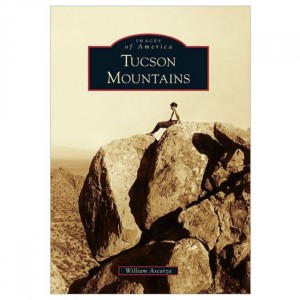
Ingram Images Of America: Tucson Mountains Fiction
Ingram Tucson: The Life And Times Of An American City Fiction. Arizona: The Grand Canyon State by Mark Lisk. With stunning photography on every page by professional photographer Mark Lisk, this coffee-table treasure will transport you on a visual journey through the wonders of Arizona. Highlighting the state’s most beautiful spots and famous landmarks, Arizona: The Grand Canyon State is a must-own for everyone in love with Arizona.
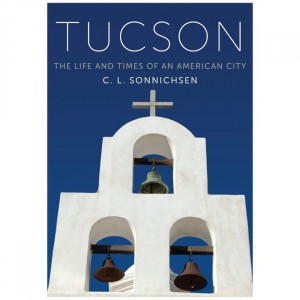
Ingram Ladies Of The Canyons: A League Of Extraordinary Women And Their Adventrues In The American Southwest Fiction. Dedicated to all those living elsewhere who would rather be in TucsonTucson is the first comprehensive history of a unique corner of America, a city with its roots in Indian and Spanish colonial history; its skies broken by the towers of a Sunbelt metropolis.In these pages C. L. Sonnichsen, dean of southwestern historians-and a Tucsonan by adoptionchronicles with humor and affection the growth over two centuries of one of the region’s most colorful communities.Today’s metropolitan Tucson is a city of half a million people. Set along the Santa Cruz River in the Lower Sonoran Desert in a great basin surrounded by soaring mountain ranges, it is different in many ways from any other city in the United States. Like all other Sunbelt centers, however, it is growing by great leaps and bounds. A popular winter resort, it attracts fugitives from the frozen North. The site of the University of Arizona, it draws many with an intellectual bent. For artists the attractions of the Old Pueblo are all but endless. The city booms with new people, industries, shopping centers, and subdivisions.Newcomers tend to bring along their ideas, life-styles, and landscapes, including Bermuda grass and mulberry trees, and have moved Tucson closer to the familiar patterns of urban America. But tradition and geography limit their efforts, for Tucson has always been the center of a separate world, with a history, population, and character of its own. It was an oasis far from other Indian cultural centers a thousand years ago.It was a remote outpost in 1776, when the Spaniards founded a presidio there. It was not far from the edge of the world when Anglos began settling along the Santa Cruz not long before the Civil War. Even with the coming of the railroad, the airplane, and television, Tucson has remained insulated from the rest of the country by distance and by special habits of mind. Much of Tucson’s charm derives from this insulation.Beyond the separateness, says the author, is a fact too often overlooked: Deserts Were Not Made for People. Technological skills make survival possible for most of the population; only the long-resident Papago Indians are truly at home there. In such a difficult environment early-day white settlers had to make do with little, undergo much, and be prepared for the worst.Today their successors live in what is essentially an artificial environment, using their natural resources as if they were inexhaustible for water Tucson depends entirely on underground sources-and continue to enjoy the genial, if sometimes superheated, climate, the casual life-style and western friendliness of the population, the Indian-Spanish-Mexican cultural and historical ambience, and the artistic and intellectual life. The problems of other great American cities are Tucson’s also. Perhaps it is those very problems and the uncertainty of the future that add a special urgency to the savoring of life in this special corner of America.
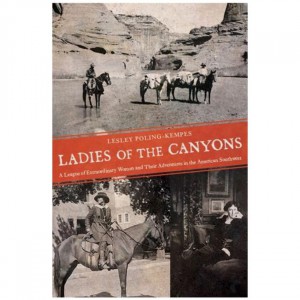
Ingram Memorizing Shadows: Inspiration From The Arizona Trail Fiction. From the vanished explorers of the 1869 Powell expedition to the airlifting of 580 feral burros, It Happened at Grand Canyon offers a unique look at intriguing people and episodes from the history of the colossal and colorful gorge carved by the Colorado River.Learn about the disputed first trip through the Grand Canyon-supposedly by James White on a driftwood raft. Find out how an airliner collision over the canyon led to the formation of the FAA. And meet honeymooners Bessie and Glen Hyde, whose disappearance in the canyon has remained a mystery for nearly ninety years. In an easy-to-read style that’s entertaining and informative, author Todd R. Berger recounts some of the Grand Canyon’s most captivating moments.
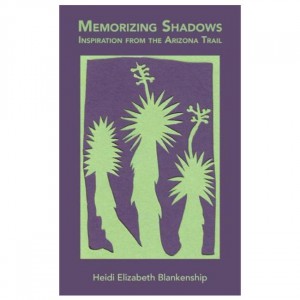
Ingram Arizona Trail: Passages In Poetry Fiction. While walking the Arizona Trail from Mexico to Utah, Heidi Elizabeth Blankenship took photographs of scenic vistas and scribbled words on scraps of paper. Her photographs evolved into imaginative paper cuttings and her words into impassioned poems. Together these images and poems express heartfelt gratitude and love for everything that surrounds us. Perfect for the hiker, camper, adventurer, and nature enthusiast; ideal for anyone who relishes in a vision of the world as gift and celebration.
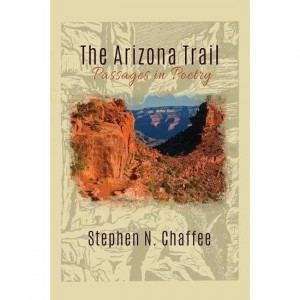
Ingram It Happened At Grand Canyon – 2nd Edition Fiction. For more than 5,000 years the Ancestral Puebloans Native Americans who flourished long before the first contact with Europeans occupied the Four Corners region of the southwestern United States. Just before AD-1300, they abandoned their homeland in a migration that remains one of prehistory’s greatest puzzles. Northern and southern neighbors of the Ancestral Puebloans, the Fremont and Mogollon likewise flourished for millennia before migrating or disappearing. Fortunately, the Old Ones, as some of their present-day descendants call them, left behind awe-inspiring ruins, dazzling rock art, and sophisticated artifacts ranging from painted pots to woven baskets. Some of their sites and relics had been seen by no one during the 700 years before David Roberts and his companions rediscovered them.In The Lost World of the Old Ones, Roberts continues the hunt for answers begun in his classic book, In Search of the Old Ones. His new findings paint a different, fuller portrait of these enigmatic ancients thanks to the breakthroughs of recent archaeologists. Roberts also recounts his last twenty years of far-flung exploits in the backcountry with the verve of a seasoned travel writer. His adventures range across Utah, Arizona, New Mexico, and southwestern Colorado, illuminating the mysteries of the Old Ones as well as of the more recent Navajo and Comanche.Roberts calls on his climbing and exploratory expertise to reach remote sanctuaries of the ancients hidden within nearly vertical cliffs, many of which are unknown to archaeologists and park rangers. This ongoing quest combines the shock of new discovery with a deeply felt connection to the landscape, and it will change the way readers experience, and imagine, the American Southwest.
